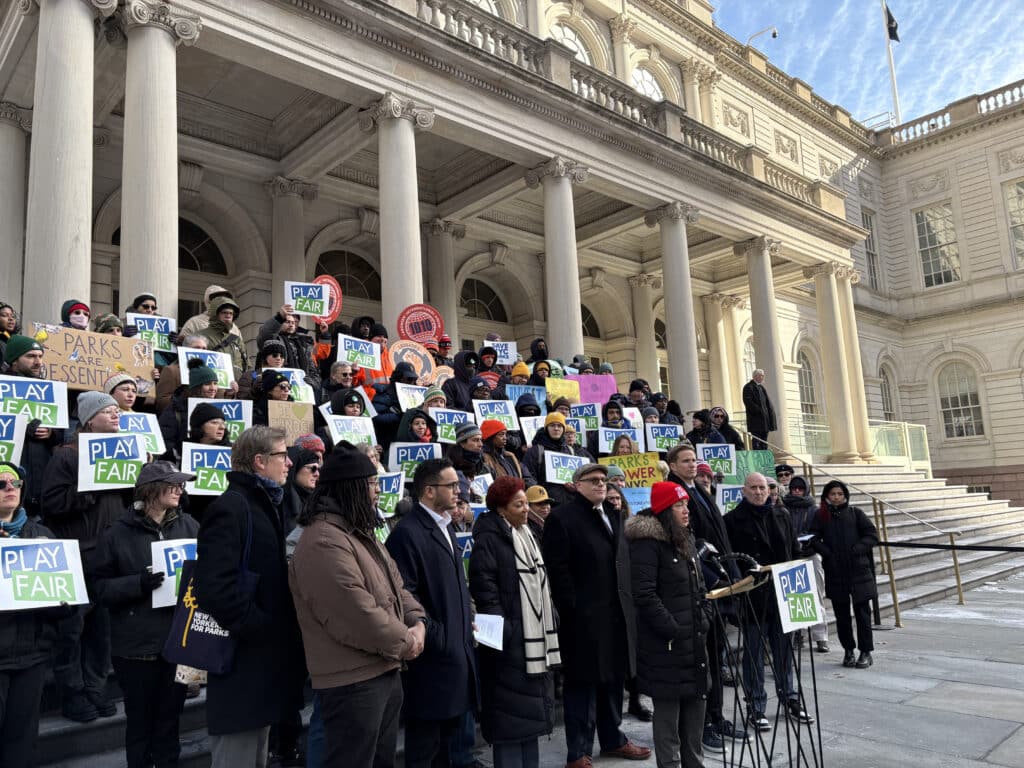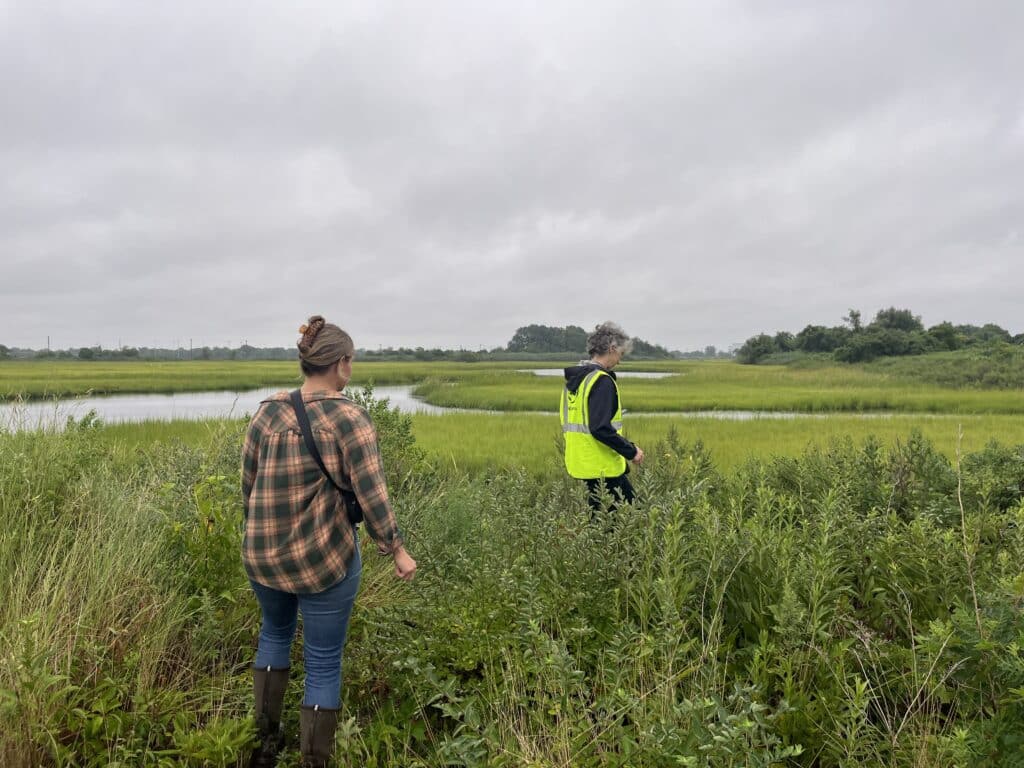New York Natural Heritage Program: Classification of Natural Areas Conservancy’s Ecological Assessment Plots
By Gregory J. Edinger, Timothy G. Howard, Matthew D. Schlesinger
By Gregory J. Edinger, Timothy G. Howard, Matthew D. Schlesinger
The New York Natural Heritage Program (NYNHP), with the support of NAC, initiated a study to classify 1,183 vegetation plots sampled in 2013 and 2014 as part of the NAC’s citywide assessment of natural area parkland in New York City. The project produced a digital collection of the plots used for this classification effort, in database format, annotated with the vegetation. USNVC assigned and created a list and described each vegetation association documented to be in natural areas based on the plot data, developed a dichotomous field key to the vegetation, describing the process used to assess, analyze, and categorize each plot. These forest and wetland plot data are a tremendous resource for strategic planning and management of New York City’s natural resources. Having them classified to a consistent, robust, internationally recognized vegetation classification system greatly increases their utility.
Read Report(this link opens in new window)
Urban stormwater management is a growing challenge in the face of climate change, especially in cities like New York with aging gray infrastructure and increasing impervious surfaces. This report, “Reducing Runoff: The Role of Urban Natural Areas in Stormwater Management,” presents a comprehensive analysis of how urban natural areas, including ...

Urban natural areas are crucial for enhancing city livability and environmental health but are often overlooked, underfunded, and missing formal protection, which leads to loss of ecological benefits, missed opportunities for community engagement and nature access, and overall loss of natural areas. Governance structures for urban forested natur...

In New York City, tidal wetlands are a critical part of coastal resiliency and provide numerous ecological and social benefits. State and federal wetlands mitigation regulations require that development resulting in wetland impacts offset those losses through wetland creation, restoration, and enhancement – with a ...
